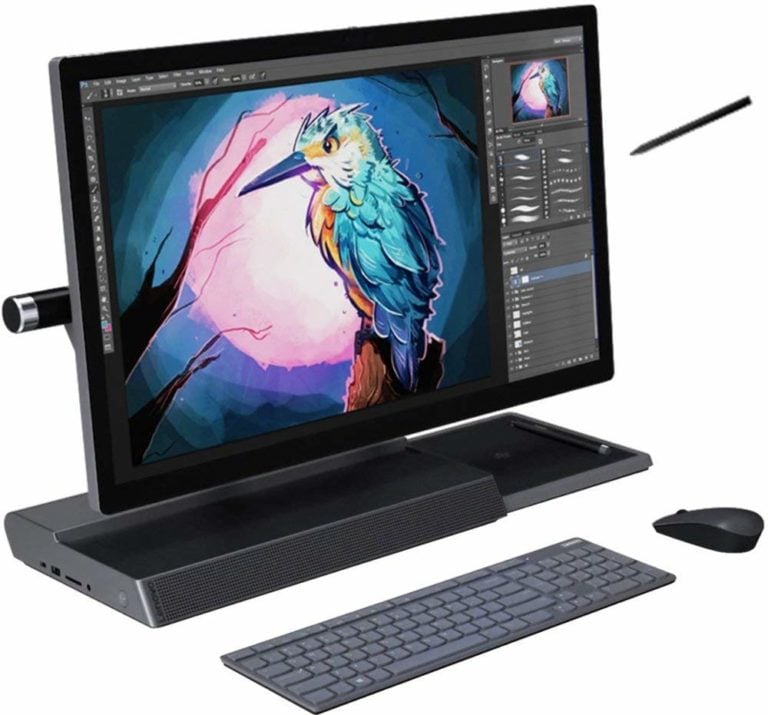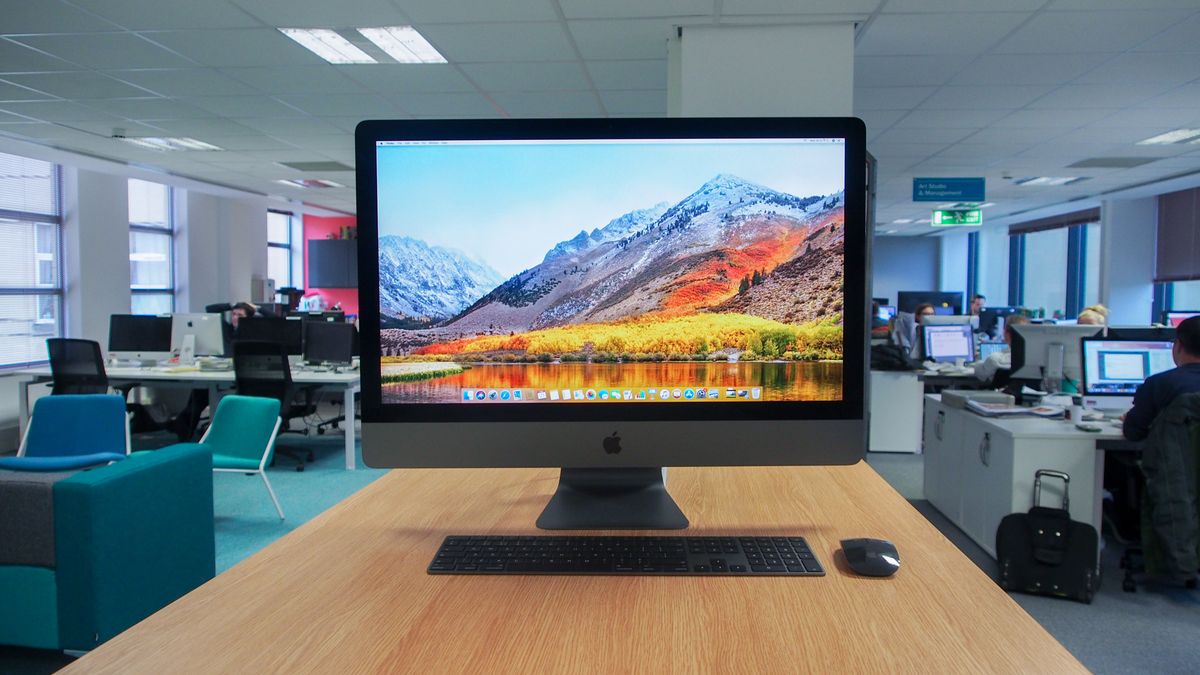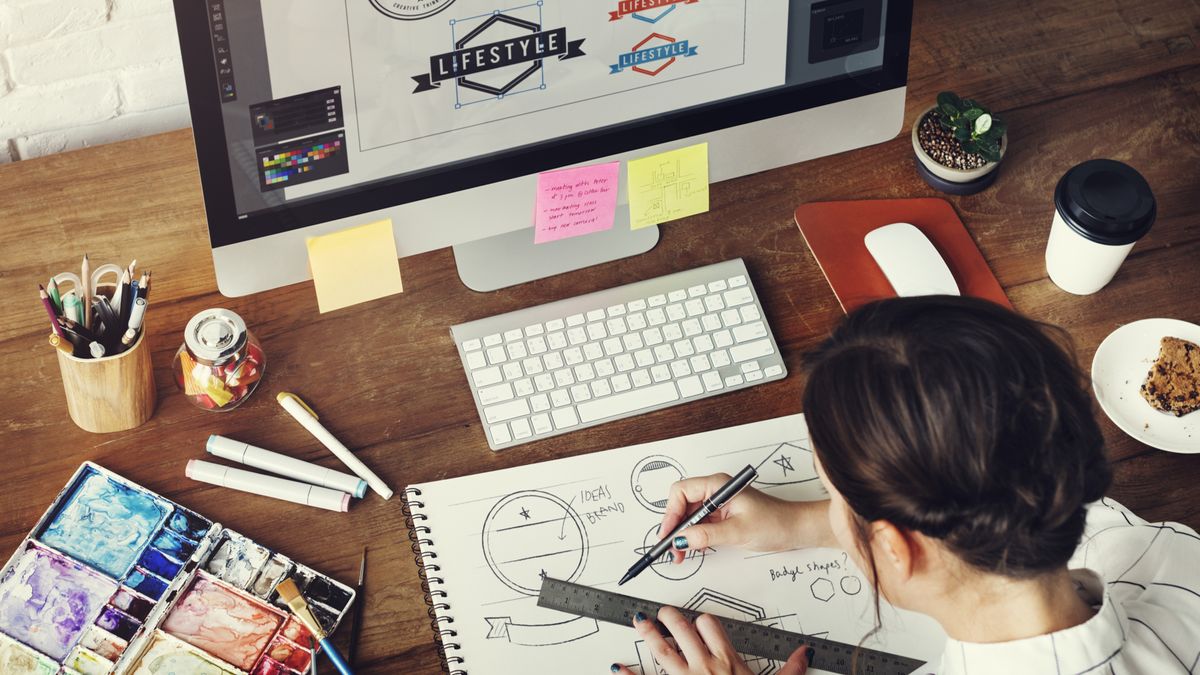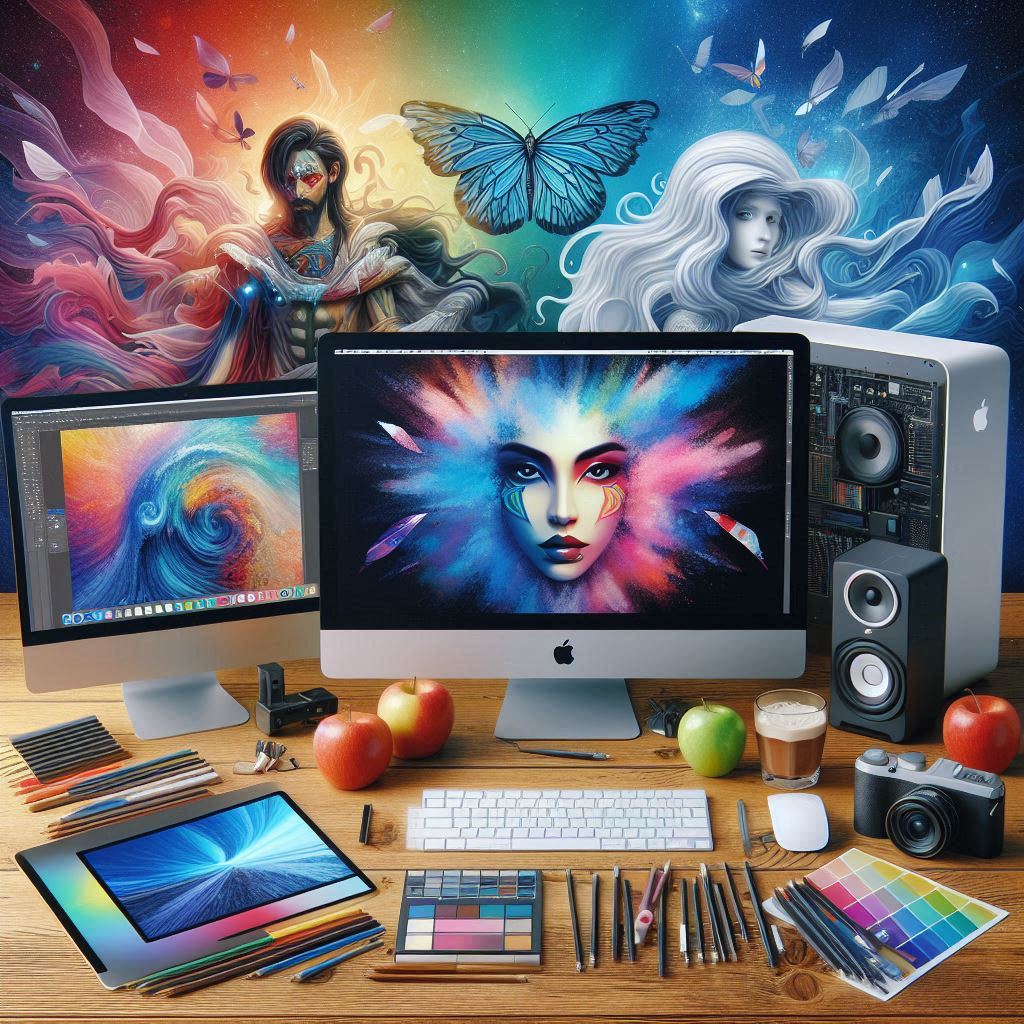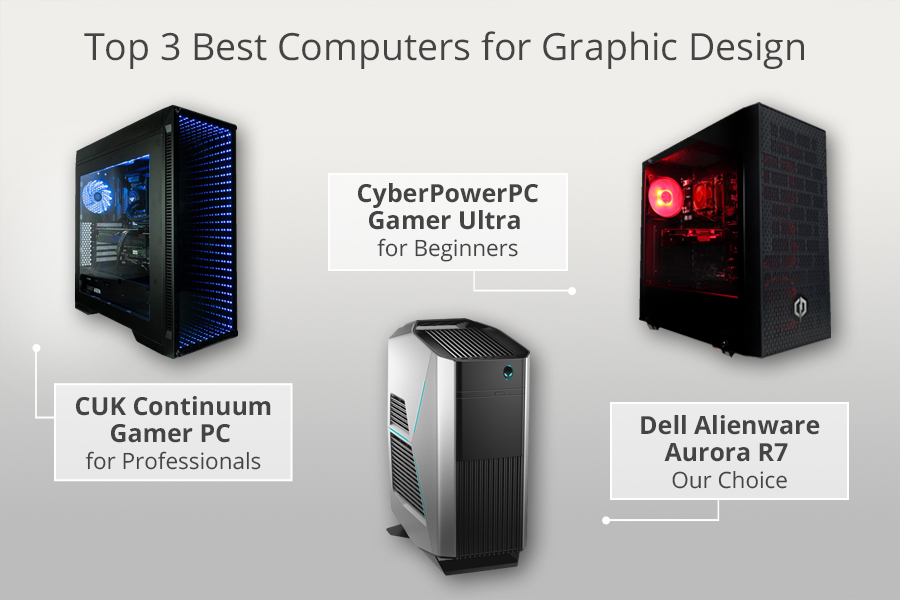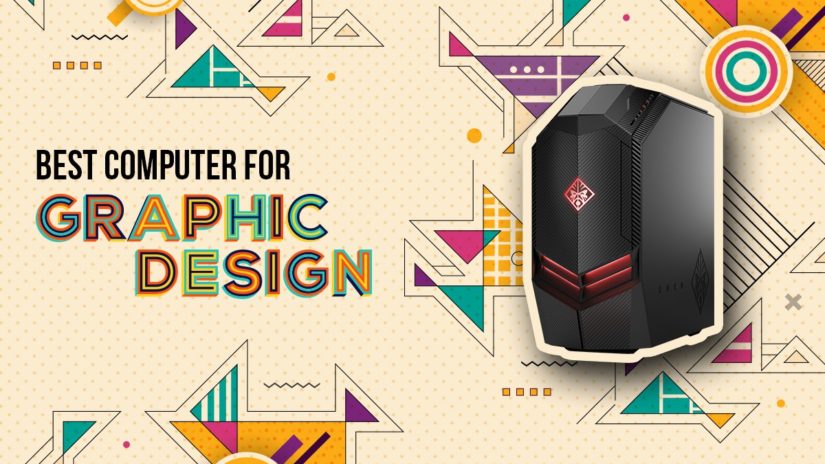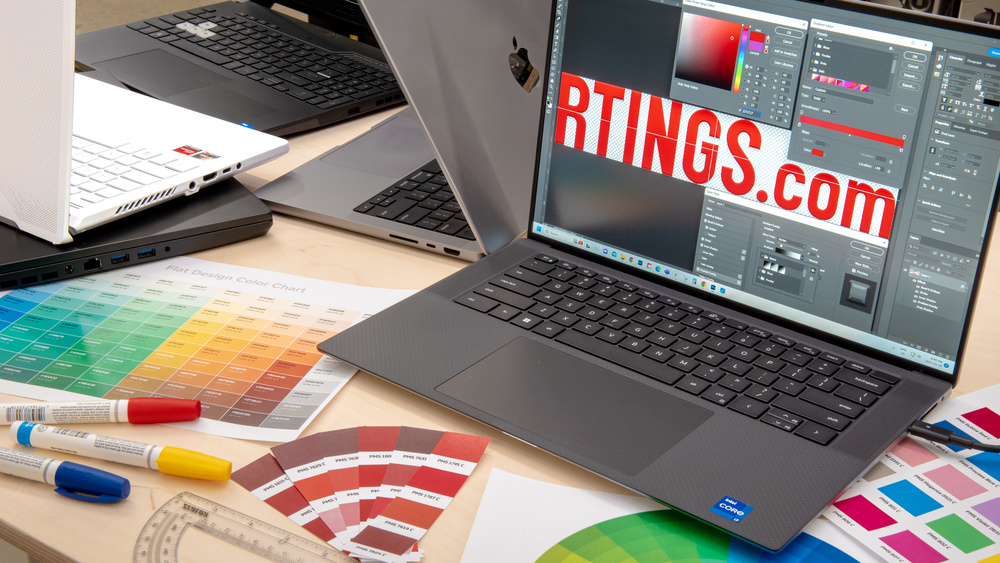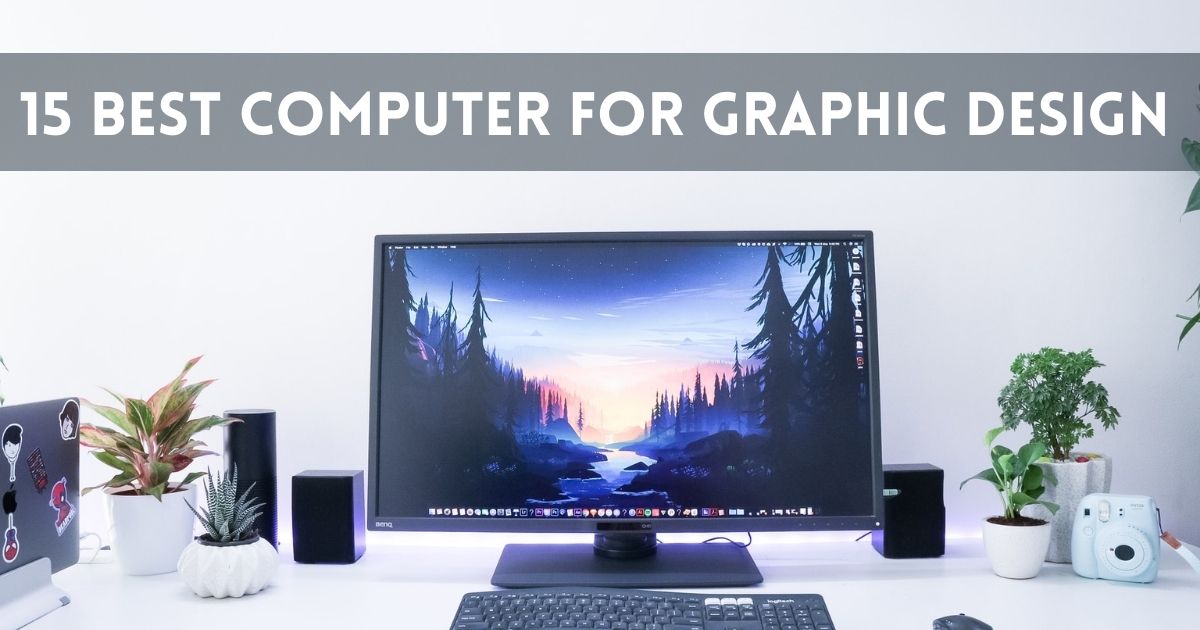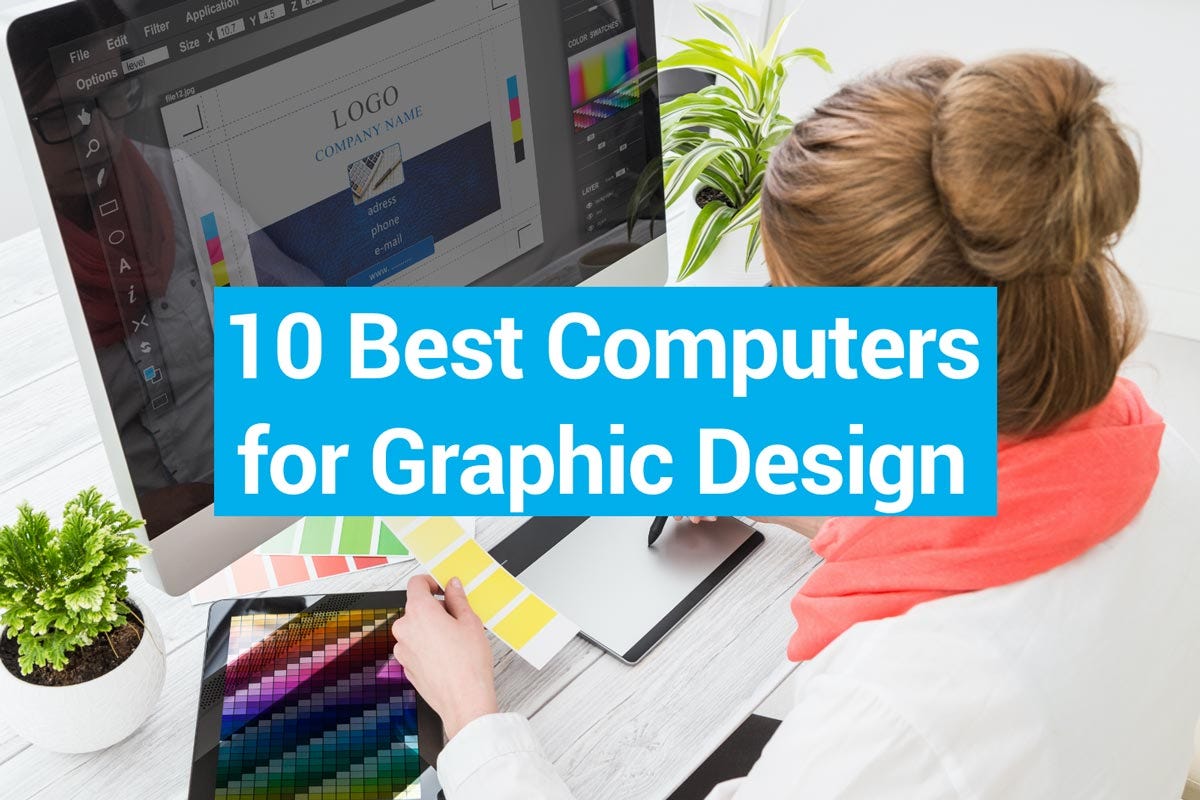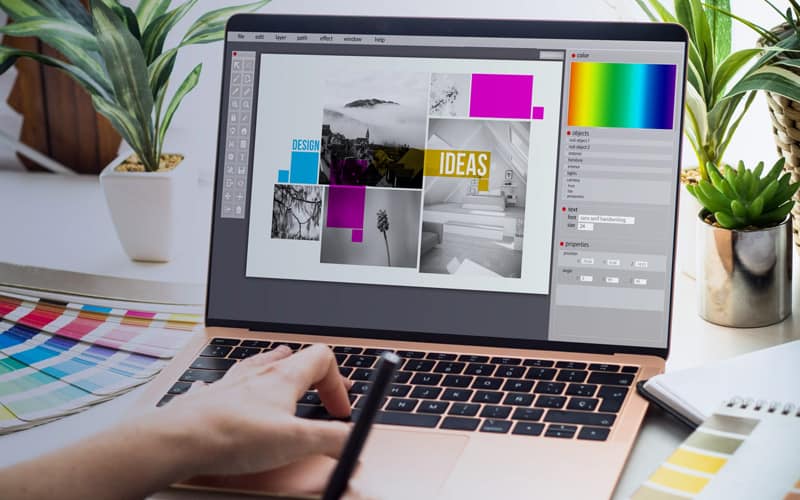Best Computer For Graphic Designer
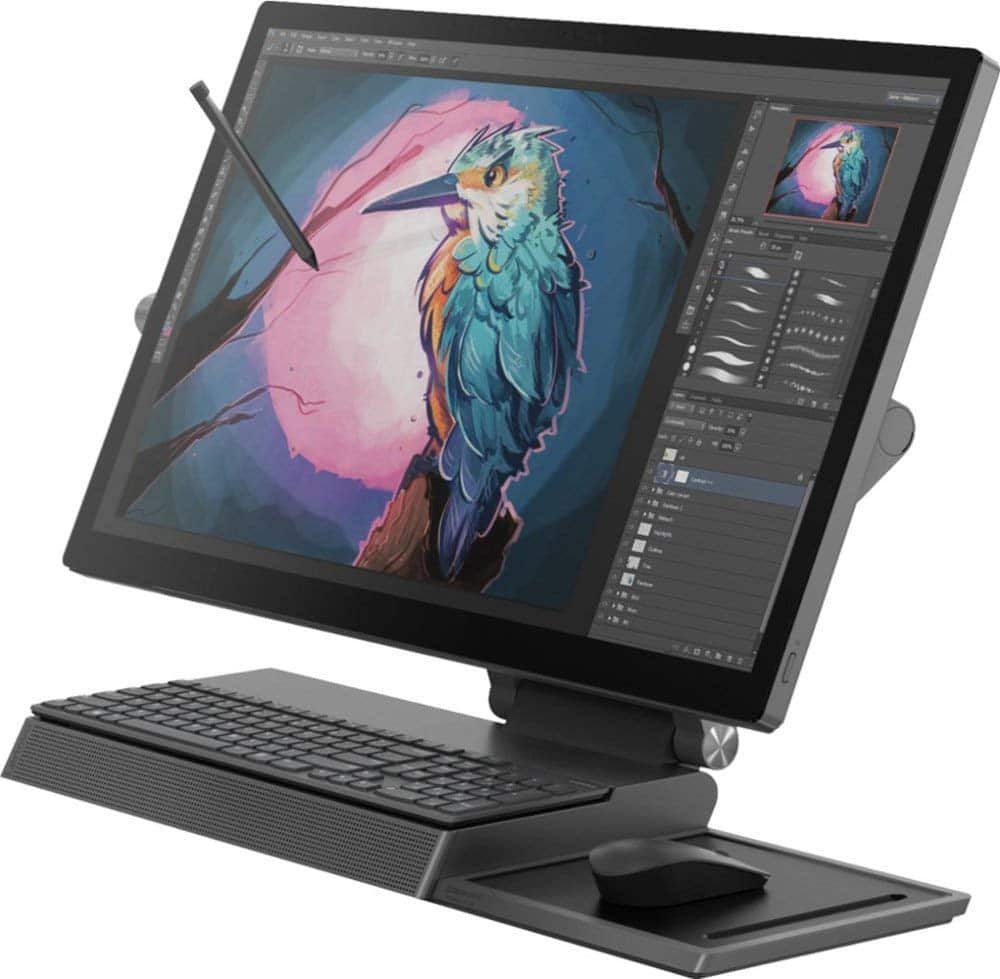
Attention, fellow creatives! Are you a graphic designer tired of your computer chugging like a rusty old engine when you're trying to bring your masterpieces to life? This article is for you: the budget-conscious designer who needs a powerful machine without selling a kidney.
We're cutting through the marketing fluff and diving deep into the best computer options that won't break the bank. Get ready to unleash your creativity without emptying your wallet. This is about finding the sweet spot between performance and affordability.
Why Your Computer Matters (Even on a Budget)
Let's face it: graphic design software demands serious processing power. A sluggish computer translates to lost time, missed deadlines, and a whole lot of frustration. Investing in the right machine, even a budget-friendly one, is an investment in your productivity and your sanity.
Think of it this way: a faster computer allows you to iterate more quickly, experiment with different styles, and ultimately deliver higher-quality work. Plus, a smooth workflow keeps you inspired and motivated.
Shortlist: Best Bargain Beasts for Graphic Design
Here's a quick rundown of our top contenders, tailored to different needs and price points:
- The All-Rounder: Apple Mac Mini M2 - Compact, powerful, and surprisingly affordable.
- The Windows Workhorse: Dell XPS Desktop - Customizable and reliable, offering great value.
- The Budget Champion: HP Pavilion Desktop - Entry-level performance at a rock-bottom price.
- The Laptop Legend: Acer Aspire Vero - Eco-friendly and budget friendly with good performance.
Detailed Reviews: Power Under the Hood
Apple Mac Mini M2: The Compact Powerhouse
The Mac Mini M2 is a game-changer for budget-minded designers. Its M2 chip delivers exceptional performance in a tiny package. It handles demanding software like Adobe Photoshop and Illustrator with ease.
The compact size makes it ideal for small workspaces. However, you'll need to factor in the cost of a separate monitor, keyboard, and mouse.
Dell XPS Desktop: The Customizable Champion
The Dell XPS Desktop is a solid choice for Windows users who want a machine that can grow with their needs. Dell offers a range of configurations, allowing you to choose the components that best suit your budget and workload. It is easily upgradable.
Look for configurations with a dedicated graphics card and at least 16GB of RAM for optimal performance. It strikes a good balance between power and price.
HP Pavilion Desktop: The Entry-Level Bargain
If you're just starting out or have very basic design needs, the HP Pavilion Desktop is a decent option. It won't break any speed records, but it can handle simpler tasks without too much lag.
Consider upgrading the RAM to at least 8GB for a smoother experience. This is a great choice for students or those on a very tight budget.
Acer Aspire Vero: The Laptop Legend
The Acer Aspire Vero is a laptop made with recycled materials. It's eco-friendly and budget friendly with good performance. Great for the planet and your wallet.
The screen is decent and bright, the trackpad and keyboard are above average. Its a great value laptop.
Specs Showdown: Side-by-Side Comparison
Here's a table comparing the key specs and performance scores of our top picks:
| Computer | Processor | RAM (Min/Max) | Storage (Min) | Graphics | Geekbench Score (Single-Core) | Price (Approx.) |
|---|---|---|---|---|---|---|
| Apple Mac Mini M2 | Apple M2 | 8GB / 24GB | 256GB SSD | Integrated 8-Core GPU | 2600 | $599 |
| Dell XPS Desktop | Intel Core i5 | 8GB / 64GB | 256GB SSD | Intel UHD Graphics | 1600 | $799 |
| HP Pavilion Desktop | AMD Ryzen 3 | 4GB / 32GB | 256GB SSD | Integrated AMD Radeon Graphics | 1200 | $449 |
| Acer Aspire Vero | Intel Core i5 | 8GB / 16GB | 256GB SSD | Intel Iris Xe Graphics | 1500 | $649 |
Note: Prices and Geekbench scores are approximate and may vary.
Customer Satisfaction: What Are Users Saying?
We scoured online reviews and forums to get a sense of real-world user satisfaction. Here's a summary of the feedback:
- Mac Mini M2: Users praise its speed, reliability, and compact size. Some complain about the need to purchase peripherals separately.
- Dell XPS Desktop: Customers appreciate its customization options and solid performance. Some have reported issues with customer support.
- HP Pavilion Desktop: Reviewers find it a good value for the price, but note its limitations for demanding tasks.
- Acer Aspire Vero: Users love the environmentally friendly design, good battery life and comfortable keyboard.
Maintenance Costs: Planning for the Future
Consider the long-term costs of owning a computer, including potential repairs and upgrades. Macs are generally considered more reliable, but repairs can be more expensive. Windows PCs offer more flexibility for upgrades.
Factor in the cost of software subscriptions, such as Adobe Creative Cloud, into your overall budget. Regular cleaning and maintenance can help extend the lifespan of your machine.
Key Takeaways: Making the Right Choice
Choosing the best computer for graphic design on a budget requires careful consideration. There are the performance, price, and your specific needs. The Mac Mini M2 offers excellent performance in a compact package.
The Dell XPS Desktop is a customizable option for Windows users. The HP Pavilion Desktop is a budget-friendly entry-level choice. And the Acer Aspire Vero is a great eco-friendly pick.
Before making a decision, weigh the pros and cons of each option. Be sure that it aligns with your workflow and financial constraints.
Ready to Upgrade?
Now that you're armed with the knowledge, it's time to take action! Visit the manufacturer's website or your favorite retailer to explore the options. Research it and buy a computer for graphic design that fits your needs and budget.
Frequently Asked Questions (FAQ)
Q: How much RAM do I really need for graphic design?
A: At least 8GB is recommended, but 16GB is ideal for smoother performance with demanding software.
Q: Is a dedicated graphics card necessary?
A: It depends on the complexity of your work. Integrated graphics can suffice for basic tasks, but a dedicated card will significantly improve performance for complex projects.
Q: Should I choose a Mac or a Windows PC?
A: Both platforms are capable of handling graphic design tasks. The choice depends on your personal preference and the software you use.
Q: Can I upgrade my computer later?
A: Many desktop computers allow for upgrades to RAM, storage, and graphics cards. Laptops are typically less upgradable.
Q: What are some essential accessories for graphic design?
A: A high-quality monitor, a comfortable mouse and keyboard, and a graphics tablet are all helpful tools.

